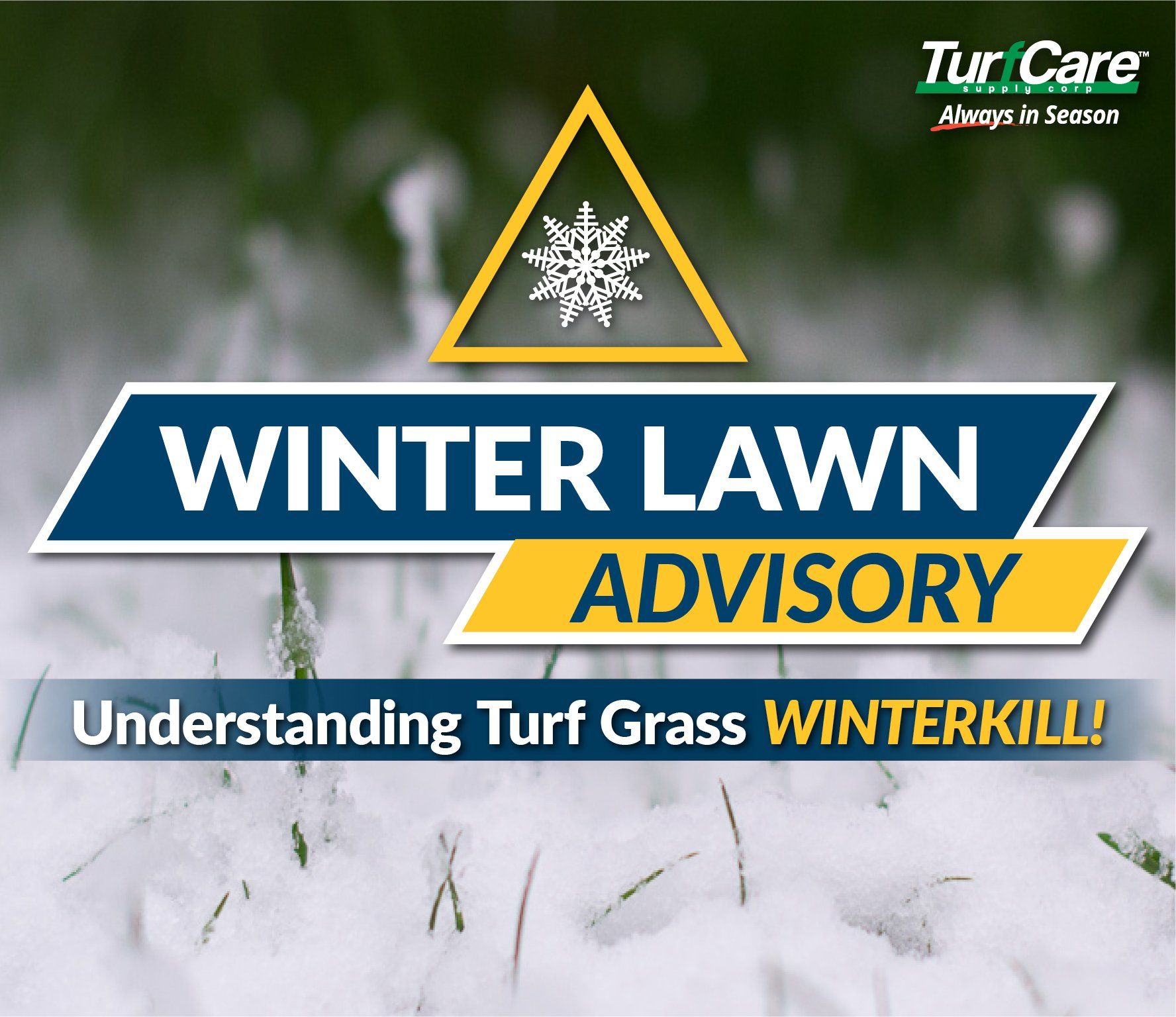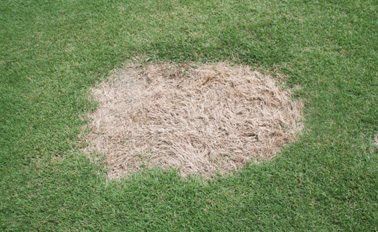A major concern for green industry professionals is damage or loss of turf grass due to colder winter weather. As the temperature outside drops, you may be worried about your turf experiencing harm from these harsher seasonal conditions like winterkill. What’s amazing about turf grass is that it naturally tries to prepare and adapt to winter to prevent damage or death. This preparation for cool weather is called cold acclimation. This term refers to turf grasses' ability to make changes to help it tolerate lower temperatures and prevent ice accumulation in plant cells (ice accumulation can result in cells rupturing which injures the plant). During the cold acclimation process of turf grass, it accumulates certain sugars and proteins to create a cell wall that becomes more fluid and allows for plant cells to dehydrate in order to become hardier over winter. Colder winter weather brings challenges for both cool season and warm season turf grass. Although both species have the ability to prepare themselves for winter, there are still multiple factors that may arise that can cause damage or even death to turf.
WHAT IS WINTERKILL?
Winterkill is an all-inclusive term that is used to describe the various causes of turf loss over the cool winter months. Winterkill can happen due to a combination of factors including low-temperature kill, ice sheets, desiccation, crown hydration, and disease.
LOW-TEMPERATURE KILL
Extreme cold can produce the winterkill problem known as the low-temperature kill. Low-temperature kill can happen on two different levels; on the surface and below the surface. Low temperature kill above the surface is caused by ice crystal formation on plant cells at temperatures below 32˚F. The ice accumulation can result in plant cells rupturing which ultimately can cause injury and even death to the plant. Above the surface, low-temperature kill is more likely to happen prior to below surface low-temperature kill. Soil temperatures fluctuate less than air temperatures, insulating the crown (the growing point) of the plant and its roots from winter temperatures. Unfortunately, soil temperature can still drop to a point where damage is done below the surface parts of the plant.
Another issue that can lead to low-temperature kill and interfere with turf grass winter survival is the freeze/thaw cycle. When freezing and thawing happens rapidly throughout the winter months, damage can increase because there is more stress to the plant.
ICE SHEETS
Ice sheets or ice accumulation on turf grass can result in plant death if left on turf for a sustained period of time. Different turf grass species have different hardiness to ice sheet build up, for example, annual bluegrass experiences damage between 45-90 days of ice accumulation while creeping bentgrass can withstand ice until 90-120 days before plant death occurs. Ice sheets cause death because it prevents gas exchange, increasing carbon dioxide to toxic levels.
DESICCATION
Desiccation, also known as winter drought, is the term used to describe turf grass death due to drying out over the course of winter when the grass is dormant or semi-dormant. Desiccation is more likely to appear in areas where soil was dry prior to entering winter or where there has been little snow precipitation or cover throughout the cool winter months.
- NOTE:
In regions where drought occurs regularly throughout the season, desiccation is more likely to be prominent (i.e. the Dakotas, Kansas, Nebraska and others).
CROWN HYDRATION
Crown hydration injury occurs during the warmer days of winter when temperatures increase enough that turf grass awakes from dormancy and begins to take up water again. Damage happens when a day or two of warm daytime temperatures arrive, followed by the continuation of freezing temperatures. Damage or death to turf happens because of ice crystallization forming within the plant, causing stress and rupturing to the plant's cells. Crown hydration commonly takes place during late winter/early spring when snow or rain occurs and then freezing temperatures return but the melted snow or rain has not fully drained away.
- PRO TIP:
Cool season grasses are especially susceptible to crown hydration injury since they’re more likely to awake from winter dormancy at the first break of warmer temperatures.
DISEASE
The most common two diseases caused from winterkill is
snow mold
; gray and pink snow mold. Areas of turf grass that appear to be “glued” together, pale yellow in color and have a straw-like quality may be affected by snow mold. Although snow mold doesn’t occur every year, it is not uncommon to find it in turf grass in years when early and deep snow prevented the ground from freezing. The fungal growth from snow mold can cause winterkill injury, causing grass to take a little longer to green up.
Spring dead spot (SDS) is another common winter kill fungal disease in the warm season species, bermudagrass (although less common, spring dead spot can be found in zoysiagrass). This disease can be identified by its well-defined circular patches of bleached out, dead turf. This disease can become evident when turf begins to green-up in spring. This is a destructive, persistent disease that happens when turf is exposed to freezing temperatures for extended periods of time. The fungi of SDS are active in fall and spring when conditions are cool and moist. The fungi don’t actually kill turf directly but instead weakens the turf by feeding on grass roots, rhizomes, and stolons, making it more susceptible to winterkill injury. SDS fungi can infect turf anywhere from temperatures above 50° F to below 70°F.


















